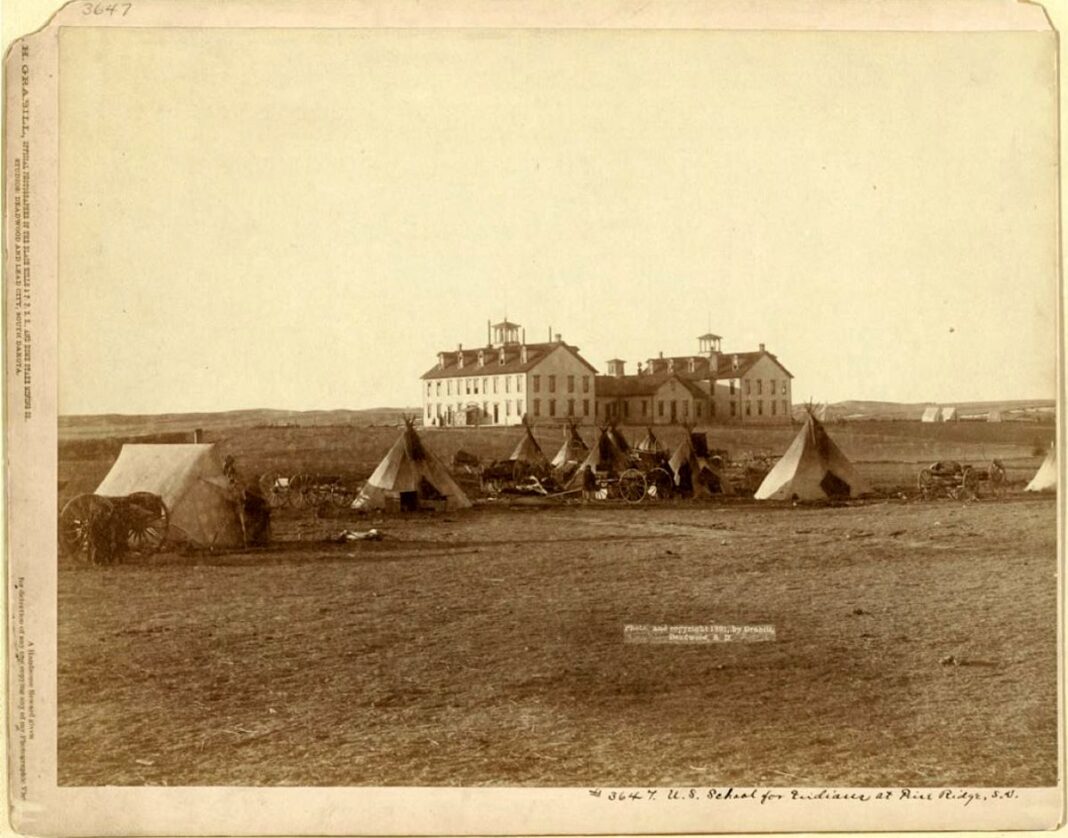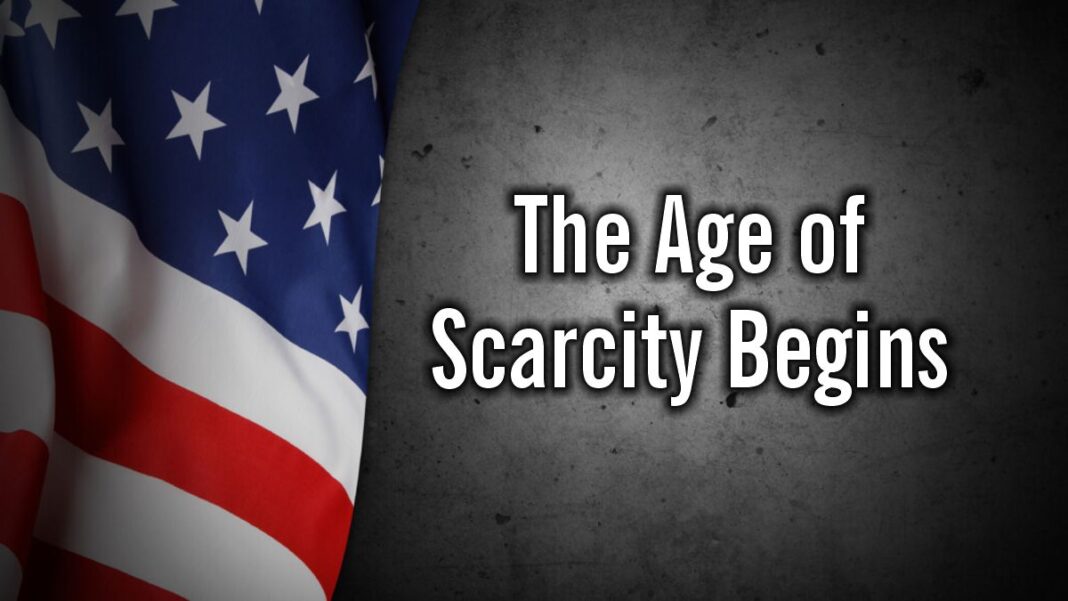Erasing culture, pulling children away from their parents, and disregarding the emotional needs of children. These tactics could be pulled from today’s headlines, but they are the tried-and-true education policies the United States has admitted to using for 150 years as a tool to force the assimilation of Native Americans, and specifically to acquire Indian territorial land.
This month, the Bureau of Indian Affairs (BIA) released a 106-page report detailing how the U.S. federal government “applied systematic militarized and identity-alteration methodologies in the Federal Indian boarding school system to assimilate American Indian, Alaska Native, and Native Hawaiian children through education.”
The BIA says the government used the education of children to “replace the Indian’s culture with our own.” This, the report says, was considered “the cheapest and safest way of subduing the Indians, of providing a safe habitat for the country’s white inhabitants, of helping the whites acquire desirable land, and of changing the Indian’s economy so that he would be content with less land.”
The report was requested last year by Interior Secretary Deb Haaland, a member of the Pueblo of Laguna in New Mexico. She is the first Native American to serve as a cabinet secretary.
Haaland asked for an investigation into the loss of lives and lasting consequences of the Federal Indian boarding school system.
“This report shows for the first time that between 1819 and 1969, the United States operated or supported 408 boarding schools across 37 states [or then-territories], including 21 schools in Alaska and seven schools in Hawaii,” Bryan Newland, assistant secretary of Indian Affairs, wrote in a letter introducing the report.
Another report expanding the investigation is planned.
“The Federal Indian boarding school policy was intentionally targeted … at children to assimilate them and, consequently, take their territories,” Newland said.
The report makes recommendations for new funding and the revitalization of tribal languages and cultural practices—a move necessary, Newland said, to start the healing process.
Taken from Parents
Congress ended treaty-making with Indian tribes in 1871 and started using statutes, executive orders, and agreements to regulate Indian Affairs, the report says. Around that time, Congress enacted laws to compel Indian parents to send their children to school and to authorize the Secretary of the Interior to issue regulations to secure the enrollment and regular attendance of eligible Indian children, whom the government considered wards of the government.
By Beth Brelje







